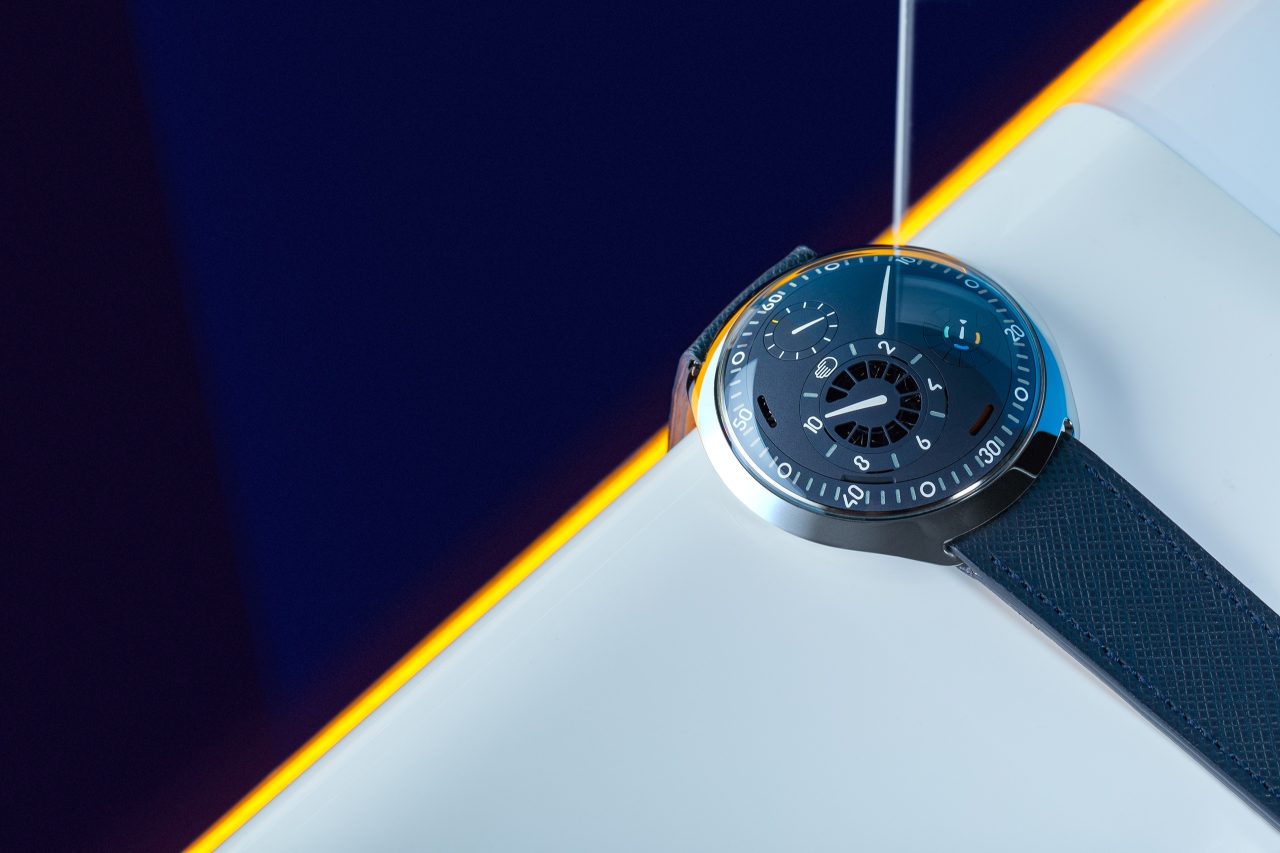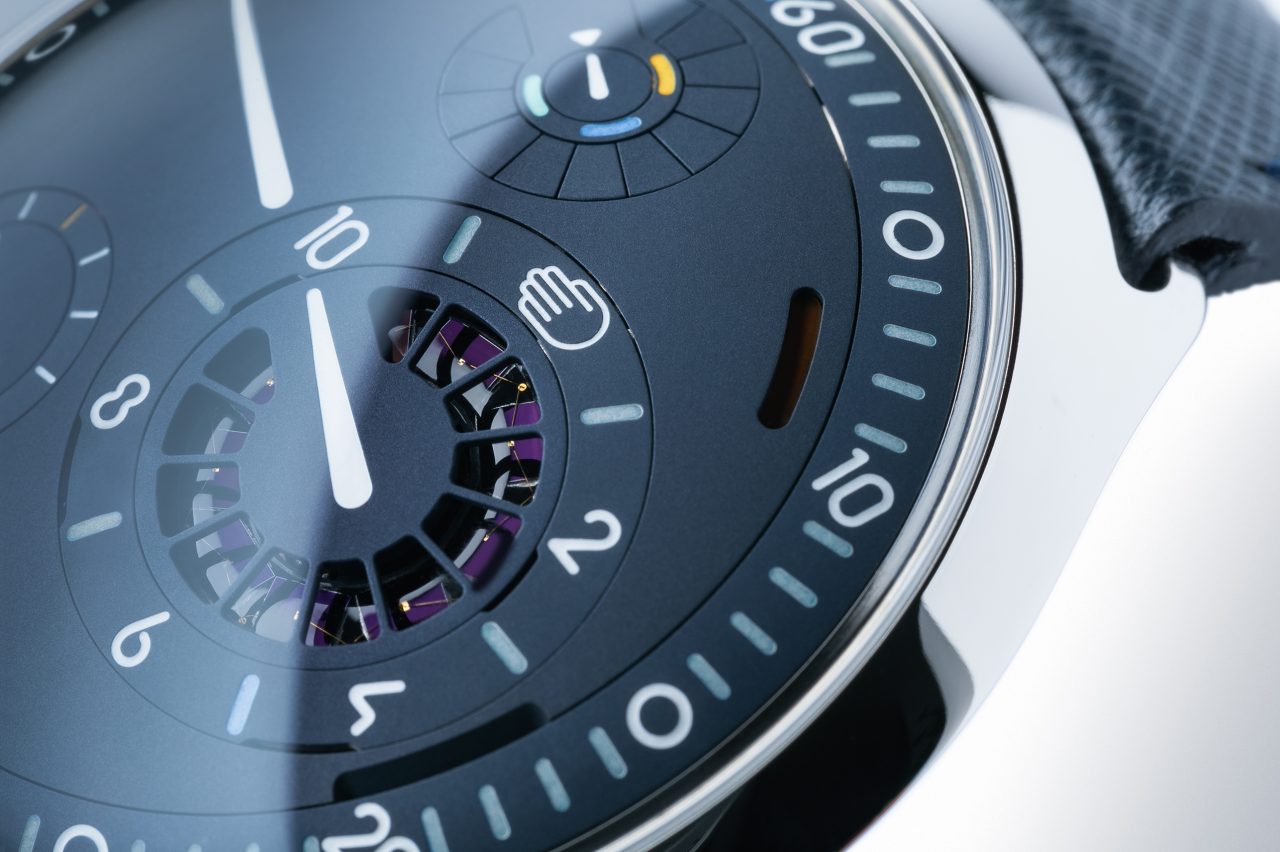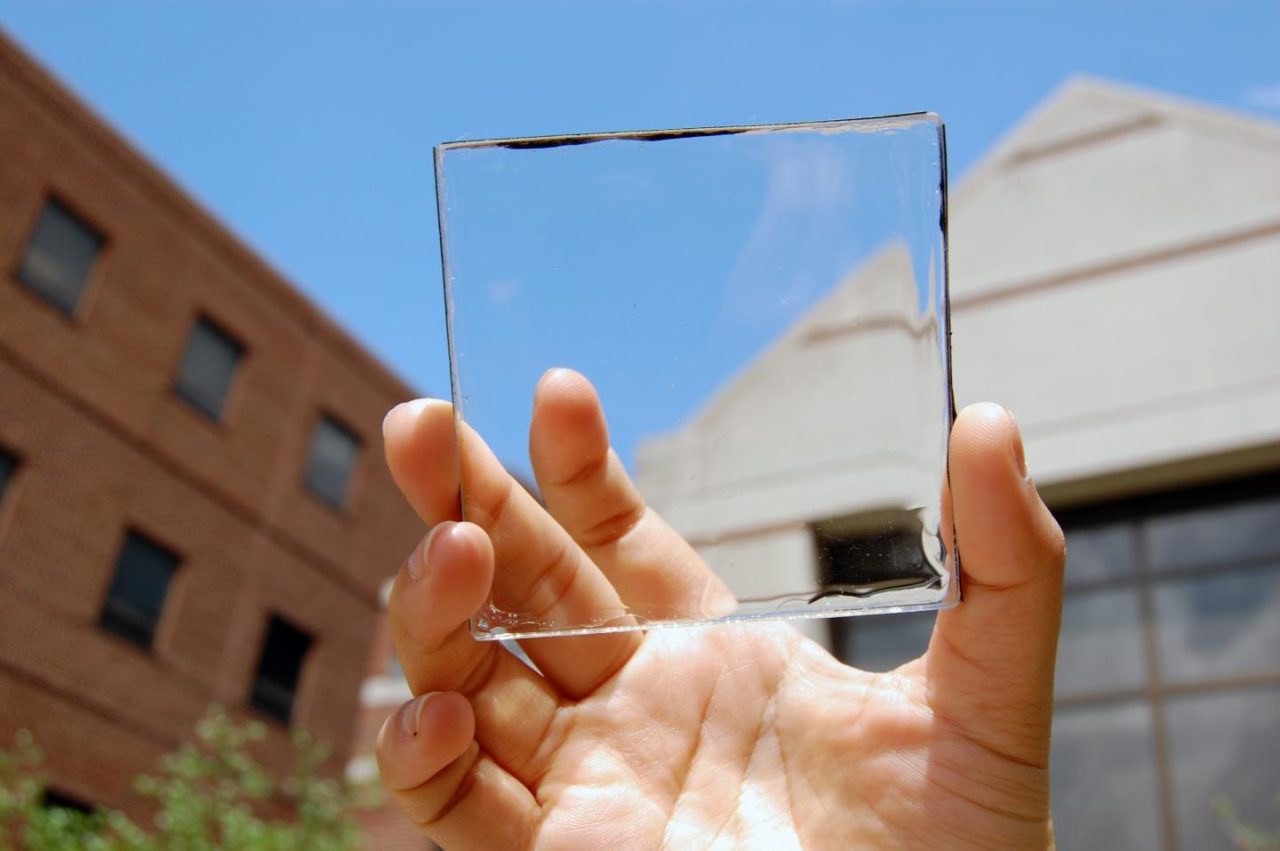Given the increasing awareness of combating climate change in the past decade, the world has become more devoted to developing a sustainable energy economy. Renewable resources are now more favourable than ever as they present an effective solution towards reducing the carbon footprint generated by the current energy infrastructure. Photovoltaics (the conversion of light into energy), in particular, are relatively accessible resources for their simplicity to harness when compared with other renewable energy sources such as wind, hydro, or geothermal. They generally have a low initial cost, few geographical restrictions, and also scalable applications. Since sunlight replenishes daily around the globe, a solar panel can be installed anywhere as long as sunlight reaches it, and provides a reliable resource to generate electricity. The fact that solar panels are modular has led to their application in numerous scales, from as big as powering a production facility, spacecraft and regular households, to as small as our favourite time-keeping instruments.
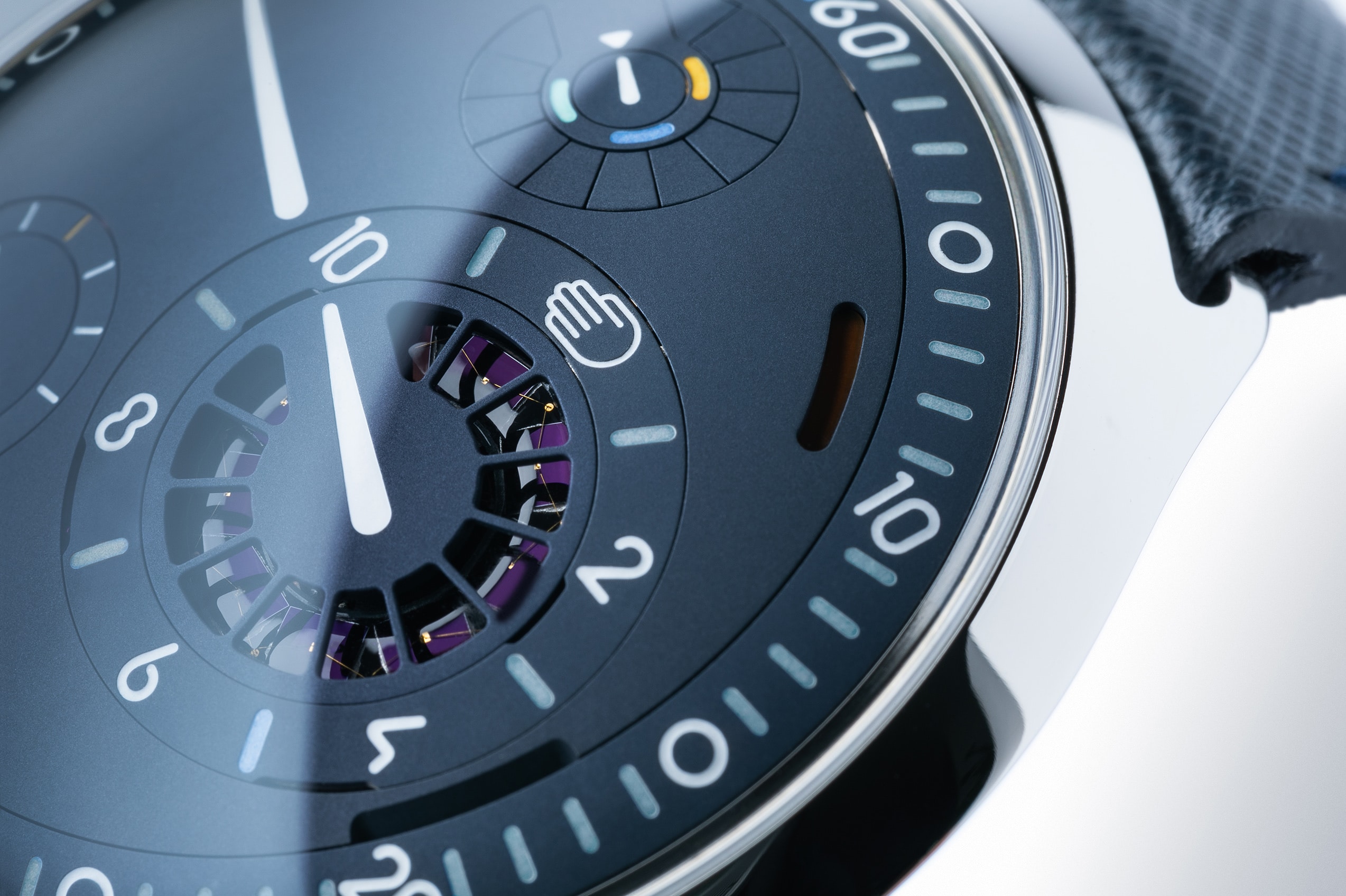
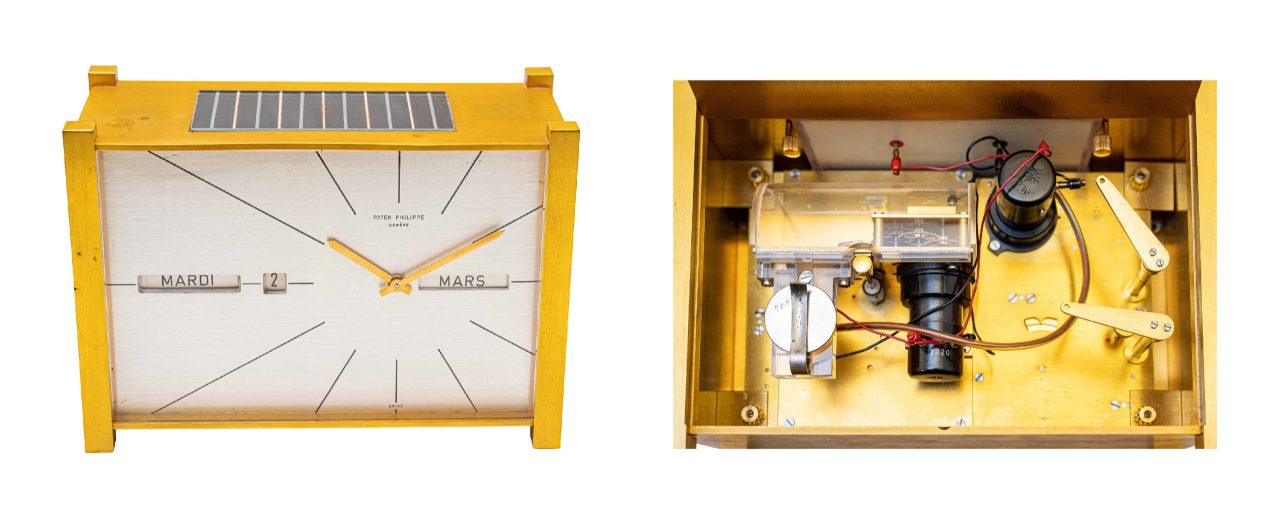
“Pendulette à énergie lumineuse et quantième perpétuel” by Patek Philippe, circa 1966 (© Antiquorum)
One of the earliest combinations of photovoltaic technology and horology can date back to the 1950s, where the now considered all-time classical watchmaking magnet, Patek Philippe, showed the world their innovative side by developing solar-powered table clocks under their Electronics Division. Their earliest examples utilised the power from the photovoltaic cells to drive a motor that wound the mainspring, leaving the rest of the movement purely mechanical. Four days of power reserve can be generated by four hours of either natural or artificial lighting, which in theory, presuming the clock was placed in an environment that receives regular lighting, would allow the mainspring to have a more constant tension than a traditional hand-wound clock, and thereby having better chronometric performance.
It was a rather avant-garde move at the time, for which the maison proudly printed “Wound by Light” on the instruction manual for the clocks. But with the emergence and popularity of quartz technology in the ’60s and ’70s, Patek Philippe gradually switched the movement of their table clocks from mechanical to electronic circuitry. It was also around when the application of photovoltaic cells appeared on smaller scale commercial products such as calculators, and it was just a matter of time for the first solar-powered quartz watch to be invented in 1972: the American Engineer Roger W. Riehl solely developed the Synchronar 2100 as the world’s first wristwatch to combine both of the technologies.
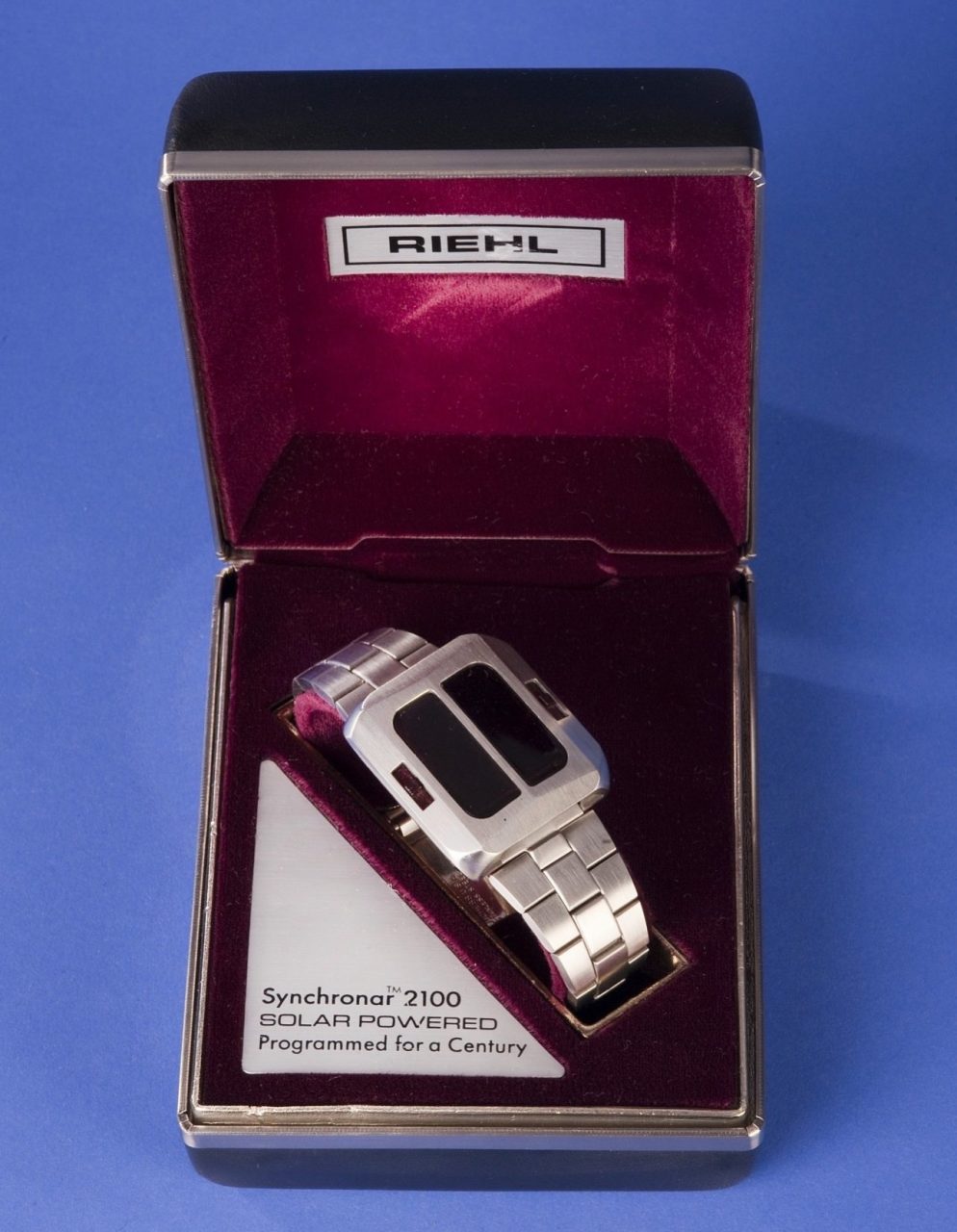
The futuristic Sychronar 2100 was one of the first applications of photovoltaic cells in a wristwatch (© Gift of Howard Riehl / National Museum of American History)
The aesthetic of the Synchronar 2100 certainly resembles the later made Girard Perregaux reference 9931, with an overall retro-futuristic design, and the red LED display that displayed the time at the six o’clock side. The power source was the two photovoltaic cells fitted on the top of the case, and while the exposed cells might create a less appealing look, the efficiency of the cell at the time was simply lower than the one in the modern days, so it required a larger surface area to be exposed to light to produce sufficient power for the watch. As time and technology progressed, the efficiency and capacity of the cells increased and therefore required a smaller space on the dial, as seen on the nostalgic LCD backlit watches from Casio and Seiko in the ‘90s.

The Cartier SolarBeat Tank Must cleverly uses the Roman numerals as apertures to allow light to reach the photovoltaic cells (© Cartier)
In more recent times, brands such as Citizen and Seiko continue to work on constructions that cleverly conceal the photovoltaic cells for a less quirky aesthetic. Both the Eco-Drive (by Citizen) and Astron (by Seiko) employ the same design to place the solar cells underneath a translucent dial. With the dial material being just opaque enough to be seen as a regular one, while partially letting through some of the light. However, such a design also increases the charging time for the limited light that can pass through the dial. To elaborate on this concept further, Cartier introduced their SolarBeat Tank Must this year, with what is essentially a reverse application of a luminescent sandwich dial. The Roman numerals on the dial are perforated to allow the light to reach the cells hidden underneath. Although the area is minuscule compared to the above examples, the watch is effectively self-sufficient for regular use. The most impressive part is the seamlessness of this implementation, which maintains the classical Tank proportions, the thickness and silhouette remaining visually undisturbed from the dial cutouts, and the photovoltaic cells virtually disappearing just like a regular black printed dial.
Another notable watch in this realm is the Ressence Type 2 that made its debut at SIHH in 2018. Although it is purely mechanical for the time-keeping part of the movement, it incorporates a hybrid circuitry section that utilises the custom made photovoltaic cells hidden under 10 micro-shutters to power its innovative “e-crown” concept. The “e-crown” essentially explores the possibilities of four major automations including time monitoring, self-setting, a second-time zone, and a mechanical power saver, which aims to provide additional convenience to the wearer and drops the need for a traditional crown. These functions are operated and adjusted through touching the crystal and a linked application on a smartphone; in the absence of a phone, the case back lever has the basic time setting function covered.
While all the above watches exhibit a different approach to making use of solar energy, it is worth mentioning that since a watch is running on renewable energy, it should, in theory, run forever. But in reality, there is still plenty to overcome before a movement can reach a stage of running perpetually, and that goes the same for a quartz movement, or any hybrid movement such as the first Patek Philippe photovoltaic clock mentioned above. The first issue is the longevity of lubrication and the movement, and the relative wear and tear of gear meshes. It is an area that few within the industry have yet to explore, perhaps due to the inherent technical challenges and development costs which would be difficult to absorb. Panerai is one manufacture which has ventured into this arena with their LAB-ID Carbotech PAM 700, which explored the omission of liquid lubrication and has a guarantee of up to 50 years, but it is still an area with a lot of unknowns, with numerous real world factors that are difficult to replicate in testing, and with most of the materials used in watchmaking being prone to their physical properties of deterioration that will, in time, affect the chronometric performance.
The battery would come to the second hurdle even if we are to discover the perfect materials for a photovoltaic powered movement; although the energy is generated from light, it still requires a battery to store the energy for when the cells are not exposed to a light source. Although rechargeable batteries are widely adopted in almost all the electronic gadgets around us, they are still rather temperature sensitive, and will inevitably degrade over time. For now, the 16 years of battery life expectancy of the SolarBeat Tank Must seems to be one of the best within the current market offerings of a time only, photovoltaic watch with a rechargeable battery. As impressive as it already sounds, perhaps we could be hopeful and count on the rising trend of hybrid and pure electric vehicles, where the emerging automotive infrastructure will certainly give a better incentive for developing some more efficient, higher capacity rechargeable batteries.
As for photovoltaic technology per se, it is still arguably a long way from a mature form, let alone a widely adaptable renewable energy resource. Although the efficiency has drastically improved since the first application more than half a century ago, it was never only about the capacity of a single panel. The potency of photovoltaics is more about the potential scale of application, which is unparalleled compared with most other renewable resources. Recently, a novel form of transparent photovoltaic cell was developed hoping to establish a new energy grid by replacing many of the existing glass structures and facades. It works by applying a thin coating or film that is adhered on top of, or between glass, and capturing wavelength outside of the visible light spectrum and transforming it into electricity. Although it has a much lower efficiency than the traditional cell, the fact of it being transparent gives it so much potential in applications on anything that has a piece of glass on it. In the future, one can certainly imagine a smartphone that will never run out of battery, or a watch embedded with a photovoltaic sapphire crystal that will run perpetually – or at least until the energy of our yellow dwarf star is exhausted.
